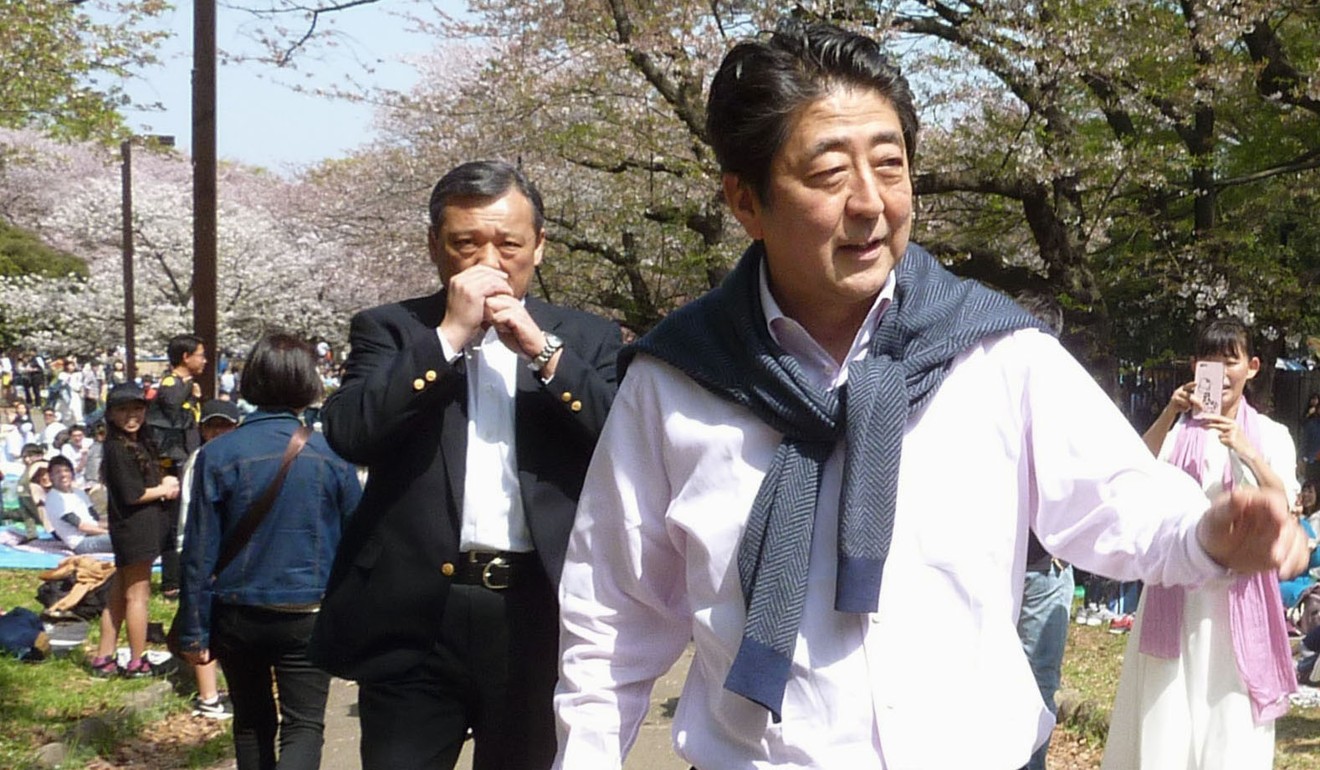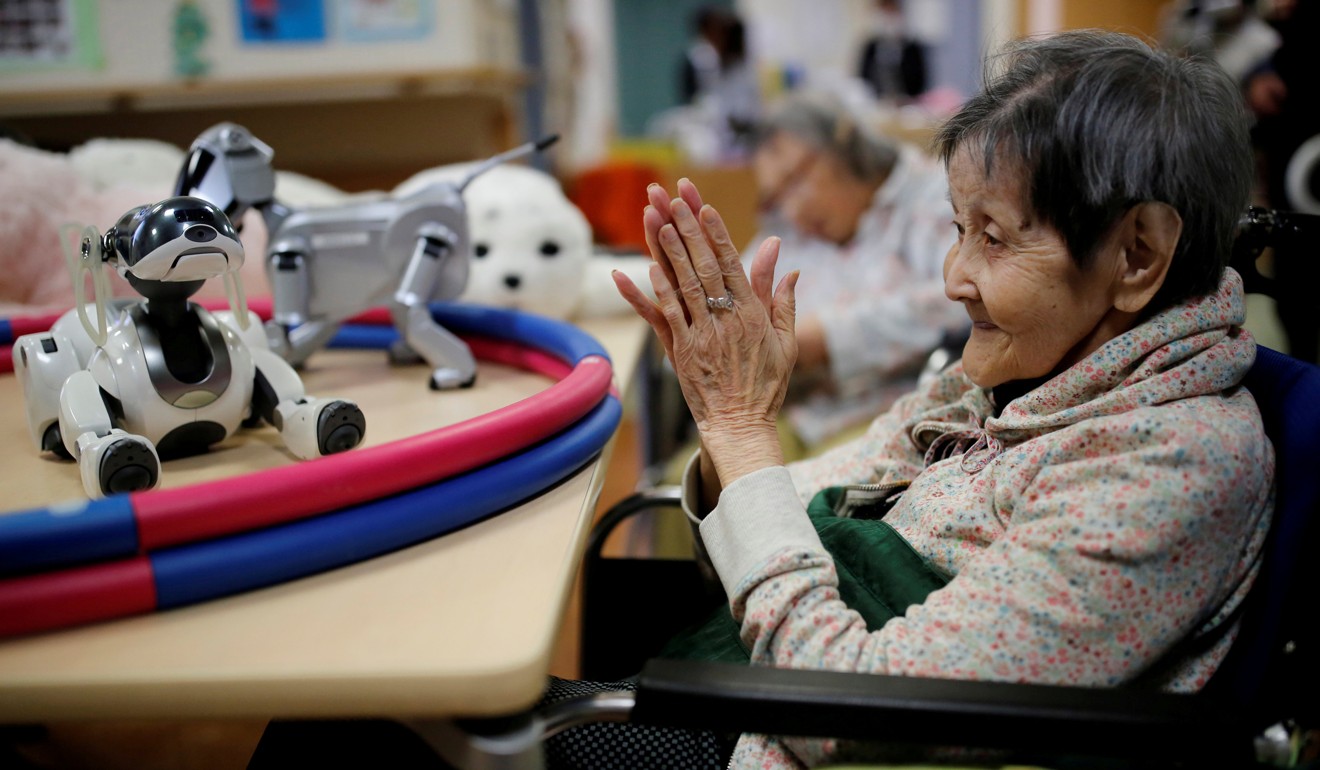
Has spring finally arrived for Japan’s zombie economy?
David Dodwell says Asia’s slumbering major economy is showing signs of life. By taking the first steps to build on its reputation for quality, Japan appears to be on its way to regaining its competitiveness
But I think there is more to it than the extravagant explosion of cherry blossoms across Tokyo’s parks. There is something significant happening.

But this spring has brought hints of a new competitiveness, and of traditional strengths being burnished.
When Mitsubishi Heavy Industries briefed us on the 53-year life of the Shinkansen high-speed rail system, the very first point it made was that since services began in 1964, there have been zero fatalities. Four hundred trains running every day at 320km/h, with a punctuality record of less than a minute of delay on average system-wide, and not a single fatal accident.
You can sense this in the integrated planning processes at work. The Tokyo government is working with business to revitalise the 120-hectare Marunouchi district around Tokyo Station, at the heart of the city next to the Imperial Palace.
Japan needs to reconcile itself to its main existential challenge – the rise of China as Asia’s pre-eminent power
Tokyo is a city that is almost uniquely built around the train, keeping cars to a minimum, enabling extensive pedestrianisation, and delivering immensely energy-efficient transport to its population of 38 million. Here is a quality not just driven by aesthetics, but underpinned by a deep-seated imperative to address earthquake risks.
In many ways, the logic is simple: if you are going to provide engineering techniques that protect against earthquakes, then this for sure makes you more costly – and therefore potentially uncompetitive. If you can’t compete on cost, then it has to be on the basis of high levels of efficiency and productivity that on a “total life cycle” basis makes quality affordable, despite the high nominal cost. The same logic surely applies in Germany, too.
A similar effort to transform a problem into an opportunity applies to the country’s burgeoning elderly population. No country has spent more on robots and digital technologies to tackle the impending contraction of its working-age population, and more will be done. Instead of letting the demographic transformation create an unsustainable burden on society, digital technologies are being put to work to enable the over-50s, over-60s and over-70s to stay connected and useful in work.

Most recent data certainly suggests that some spring has returned to the step of the Japanese economy. After a decade from 2000, during which growth flatlined at around 0.6 per cent, it has averaged more than 1 per cent since 2012, with growth last year at 1.7 per cent, and forecast this year to be at least 1.4 per cent.

The US might have been Japan’s primary economic driver from the end of the second world war, but that is changing. China can for sure deliver “scale”, but it will for some time still be Japan that delivers “quality”. Capitalising on this could provide strong and long-term foundations for future competitiveness. I don’t think it is just the cherry blossom season that is bringing a new sense of optimism.
David Dodwell researches and writes about global, regional and Hong Kong challenges from a Hong Kong point of view

